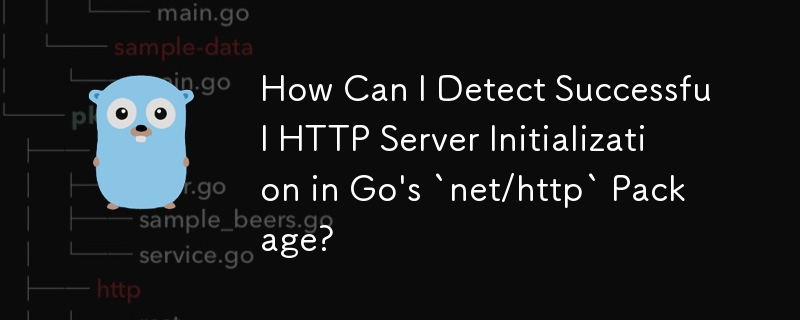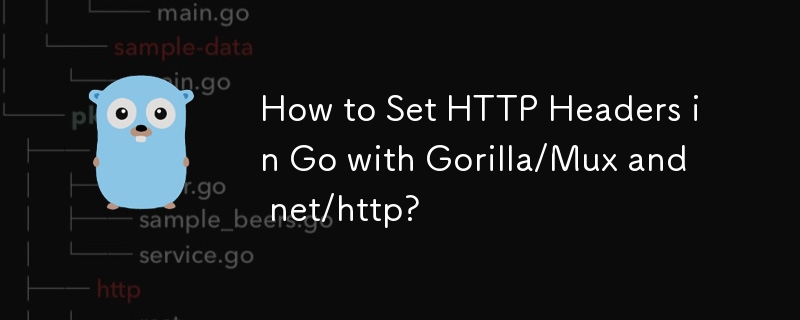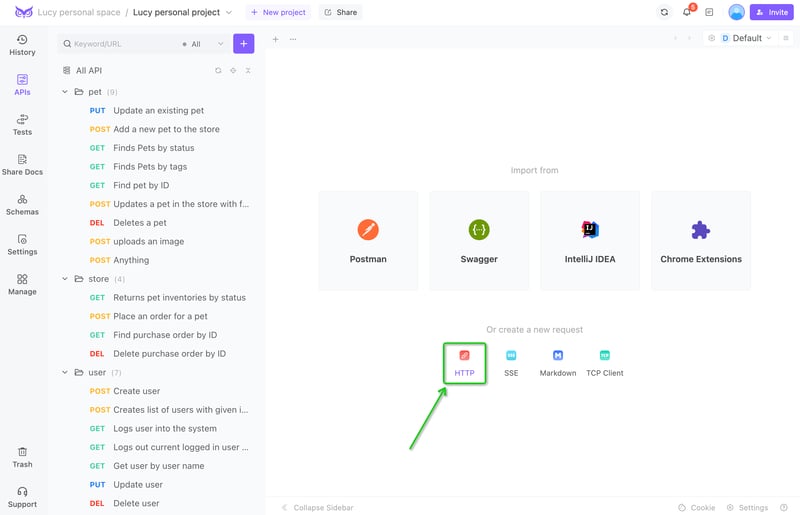Found a total of 10000 related content

HTTP Debugging with Node and http-console
Article Introduction:http-console is a Node module that gives you a command-line interface for executing HTTP commands. It’s great for debugging and seeing exactly what is going on with your HTTP requests, regardless of whether they’re made against a web server, web serv
2025-03-01
comment 0
1016

How to Customize HTTP Headers During HTTP Redirection in PHP?
Article Introduction:Customizing HTTP Headers During RedirectionWhen redirecting to a new page in PHP using header("Location: http://..."), developers often face the challenge of including custom HTTP headers in the redirect request. While the provided code ini
2024-10-17
comment 0
472


Http methods and codes
Article Introduction:The HTTP method is used to indicate the operation of the API client that wants to perform a given resource. Each HTTP method corresponds to a specific operation, such as creating, reading, updating or deleting resources, and each request for the REST API must include the HTTP method.
The working principle of the HTTP protocol is that the client sends a request to the server, and the server responds to these requests. We send HTTP requests by using different HTTP methods (sometimes called HTTP verbs) to perform CRUD operations (creation, read, update, delete). Get and POST are the most commonly used HTTP methods, but there are more HTTP methods to learn. This article will introduce
2025-01-30
comment 0
662

What is HTTP/2?
Article Introduction:HTTP/2: A major upgrade to web page transport protocol
HTTP/2 is the latest version of the Hypertext Transfer Protocol (HTTP) and is designed to replace HTTP/1.1. It significantly improves data transmission efficiency and speed through features such as binary data, compression headers, pipelineization, multiplexing and server push.
Differences between HTTP/2 and HTTP/1.1
HTTP/2 (originally named HTTP/2.0) originated from the SPDY protocol designed by Google in 2009. HTTP/1.1 has some limitations, such as designing in an era of small web page sizes and limited CSS and JavaScript applications, it is difficult to cope with the current situation of high bandwidth, Ajax drivers, single-page applications and client frameworks. HTT
2025-02-17
comment 0
870


What Are the Advanced Use Cases for Nginx's HTTP/2 and HTTP/3 Support?
Article Introduction:This article explores advanced Nginx HTTP/2 & HTTP/3 use cases. It details performance improvements via features like server push, header compression, multiplexing, and stream prioritization. HTTP/3's QUIC integration enhances security and resi
2025-03-11
comment 0
1046

Deep Dive into the WordPress HTTP API
Article Introduction:WordPress HTTP API Detailed explanation: A powerful tool to simplify HTTP requests
This article will dive into the WordPress HTTP API, a powerful tool that simplifies interaction with various web services. It provides a set of standardized functions that allow developers to easily send and receive HTTP requests without having to worry about HTTP transmission methods in different environments.
Core points:
Standardized HTTP Interface: The WordPress HTTP API is designed to provide a unified API that handles all HTTP-related operations in the easiest way, and supports multiple PHP HTTP transport methods to suit different host environments and configurations.
Convenient helper function: A
2025-02-19
comment 0
562

How to Send HTTP/equest?
Article Introduction:HTTP/2 ? is the latest version of the Hypertext Transfer Protocol, designed to improve performance and speed of web browsing. Unlike HTTP/1.1, HTTP/2 uses multiplexing, header compression, and prioritization to enhance efficiency and reduce latency.
2024-11-14
comment 0
359

How to Analyse HTTP Requests using Net Panel, HTTP Fox & Fiddler2
Article Introduction:Analyzing HTTP Requests: Essential Tools for Web Developers
Understanding and analyzing HTTP requests is vital for web developers. These requests are the backbone of web application communication, impacting debugging, performance, and security. Thi
2025-03-05
comment 0
1165

How to Set HTTP Response Codes in PHP?
Article Introduction:HTTP Response Codes in PHPIntroductionHandling HTTP response codes in PHP is essential for sending appropriate HTTP status messages to clients....
2024-12-16
comment 0
496

How to enable HTTP/2 or HTTP/3 support in Nginx?
Article Introduction:To enable Nginx's HTTP/2 or HTTP/3 support, the prerequisites must be met and configured correctly; HTTP/2 requires Nginx1.9.5, OpenSSL1.0.2 and HTTPS environment; add --with-http_v2_module module during configuration, modify the listening statement to listen443sslhttp2; and overload the service; HTTP/3 is based on QUIC, and third-party modules such as nginx-quic are required to introduce BoringSSL or OpenSSLQUIC branches during compilation, and configure UDP listening ports; common problems during deployment include ALPN not enabled, certificate incompatible, firewall restrictions and compilation errors, it is recommended to use priority
2025-07-02
comment 0
869

HTTP/2: Background, Performance Benefits and Implementations
Article Introduction:HTTP/2: Network protocol that significantly improves web page loading speed
Core points:
HTTP/2 (released in 2015) solves the latency problem of its predecessor HTTP/1.1 by compressing HTTP headers, implementing server pushes and multiplexing requests on a single connection. It is also designed to solve the problem of head-of-team blocking and requires encryption by default.
The transition from HTTP/1.1 to HTTP/2 is not without challenges, as backward compatibility is required with existing websites. Any improvement to the protocol must be implemented in a way that does not interrupt the Internet.
All mainstream browsers currently support HTTP/2, however, they require that all HTTP/2 requests must be encrypted, which is not a requirement of the HTTP/2 specification itself.
2025-02-08
comment 0
831

HTTP Method Override
Article Introduction:Introduction
HTTP method override is a technique used to support clients that do not support certain HTTP methods such as PUT or DELETE. This is particularly useful for web browsers and older clients that only support GET and POST methods. The
2024-11-09
comment 0
1035

How to Effectively Terminate HTTP Requests in Go?
Article Introduction:Terminating HTTP Requests in GoIn Go, you can terminate an HTTP request by returning from the ServeHTTP() method of an HTTP handler. This approach...
2024-11-25
comment 0
889

Simplified HTTP Response Mocking in Laravel Tests
Article Introduction:Laravel provides concise HTTP response simulation syntax, simplifying HTTP interaction testing. This approach significantly reduces code redundancy while making your test simulation more intuitive.
The basic implementation provides a variety of response type shortcuts:
use Illuminate\Support\Facades\Http;
Http::fake([
'google.com' => 'Hello World',
'github.com' => ['foo' => 'bar'],
'forge.laravel.com' =>
2025-03-12
comment 0
857



















